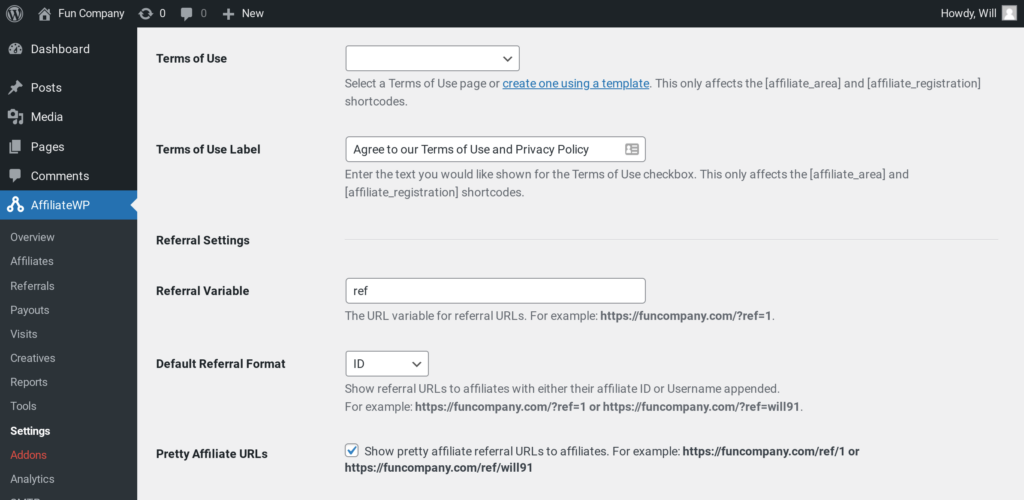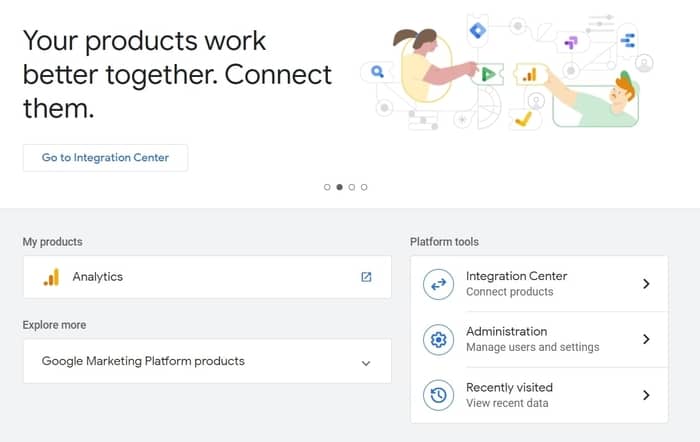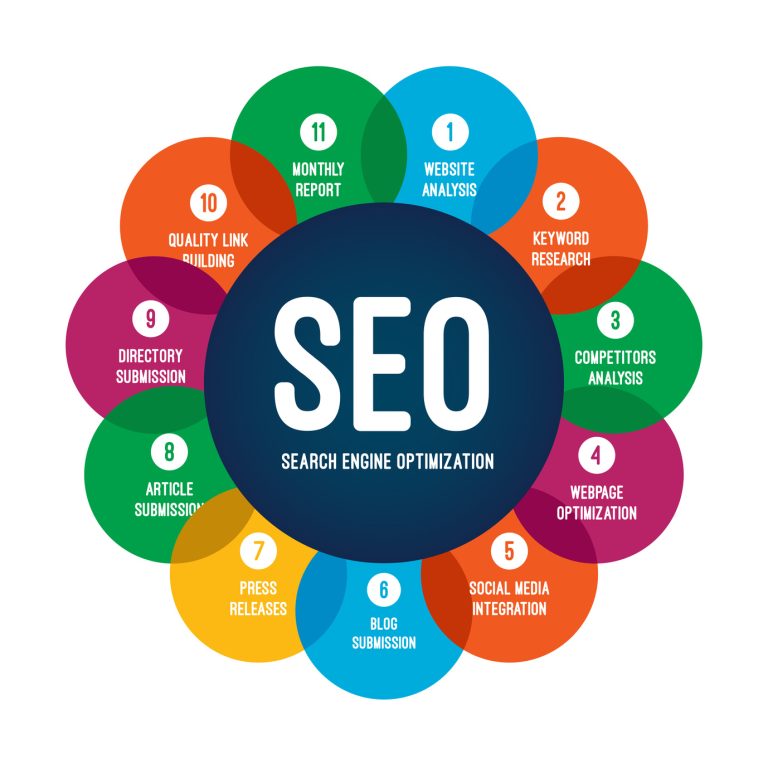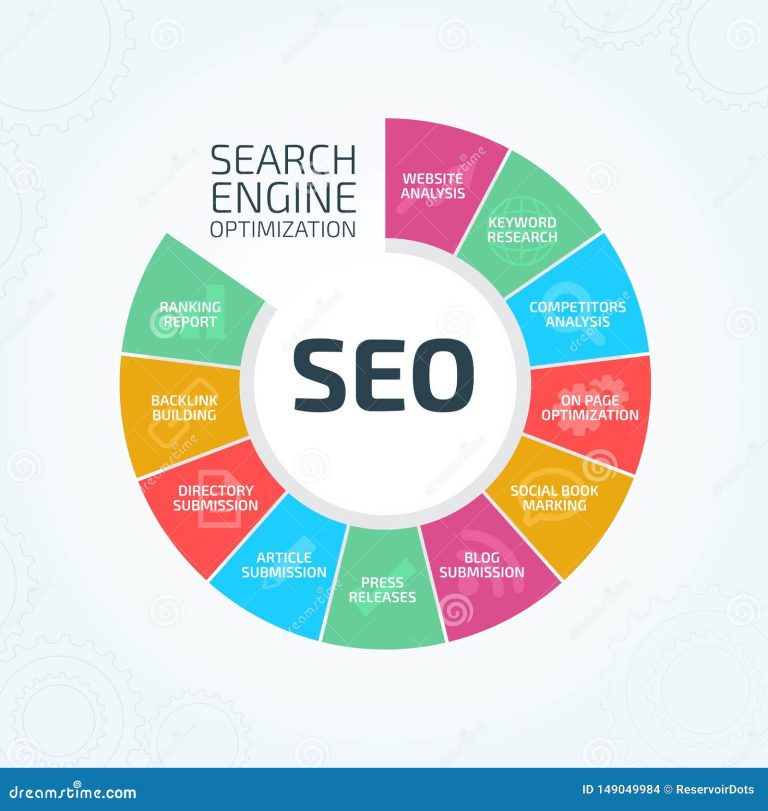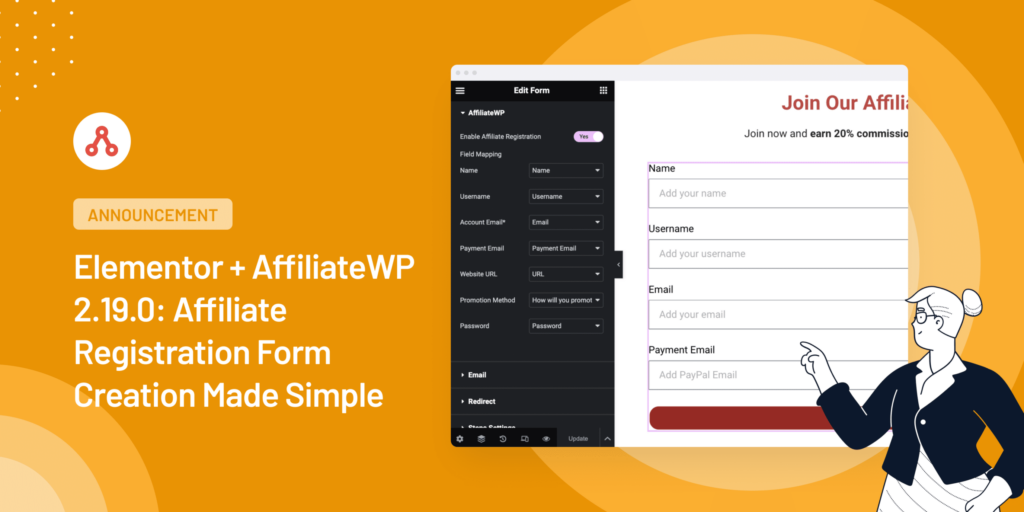
Introduction
In the ever-evolving world of digital marketing, affiliate link integration has become a cornerstone for content creators and bloggers looking to monetize their work effectively. The key lies not just in adding links, but in doing so in a way that enhances user experience and boosts conversions. This article explores how to seamlessly embed monetized links into your content, ensuring they feel natural and valuable to your audience.
Affiliate marketing is no longer just about promoting products—it’s about building trust, delivering value, and creating a seamless journey for your readers. With the right approach, affiliate links can become an integral part of your content strategy, driving engagement and revenue simultaneously.
By the end of this guide, you’ll understand what affiliate link integration means, why it matters, and how to implement it effectively. Whether you’re a seasoned blogger or just starting out, these insights will help you unlock the full potential of your content through strategic affiliate link placement.
What Is Affiliate Link Integration and Why It Matters
Affiliate link integration refers to the process of embedding monetized links within your content in a way that feels organic and adds value to the reader. Unlike traditional advertising, which often feels intrusive, well-integrated affiliate links are designed to enhance the user experience by providing relevant recommendations based on the content.
This practice is crucial for several reasons:
- Enhanced User Experience: When links are placed naturally, they don’t disrupt the flow of content. Instead, they offer helpful suggestions that align with the reader’s interests.
- Increased Conversions: Strategic placement of affiliate links increases the likelihood of clicks and purchases, as readers are more likely to engage with content that feels authentic.
- Brand Trust: Consistently integrating links in a transparent and honest manner builds trust with your audience, making them more receptive to future recommendations.
In the context of modern SEO, where user intent and engagement are paramount, affiliate link integration is more than just a monetization tactic—it’s a powerful tool for content optimization.
How Affiliate Link Integration Impacts SEO Performance
Affiliate link integration isn’t just about generating income; it also plays a significant role in improving your website’s SEO performance. Here’s how:
1. Improved Engagement Metrics
When affiliate links are embedded naturally, they encourage users to spend more time on your site. This leads to better engagement metrics such as dwell time, bounce rate, and page views, all of which are important ranking factors for search engines.
2. Enhanced Content Relevance
Well-placed affiliate links signal to search engines that your content is informative and useful. By recommending products or services that align with the topic, you’re reinforcing the relevance of your content, which can improve your rankings for targeted keywords.
3. Increased Backlink Potential
High-quality content that includes affiliate links can attract backlinks from other websites. When other sites reference your content, it strengthens your domain authority, further boosting your SEO efforts.
4. Better Conversion Rates
From an SEO perspective, higher conversion rates (such as sales or sign-ups) can positively impact your site’s performance. Search engines favor sites that deliver value and drive meaningful results.
In short, affiliate link integration isn’t just a revenue generator—it’s a strategic move that can significantly boost your SEO performance when done correctly.
Step-by-Step Implementation Framework
To successfully integrate affiliate links into your content, follow this structured approach:
1. Define or Audit the Current Situation
Before implementing any changes, assess your current content and affiliate strategy. Identify which pieces of content could benefit from additional affiliate links and evaluate the existing placements for effectiveness.
2. Apply Tools, Methods, or Tactics
Use tools like Google Analytics, SEMrush, or Ahrefs to track the performance of your affiliate links. Additionally, consider using platforms like LTK or Skimlinks to streamline the process of managing and tracking your affiliate links.
3. Measure, Analyze, and Optimize
Monitor the performance of your affiliate links regularly. Track metrics such as click-through rates (CTR), conversion rates, and revenue generated. Use A/B testing to experiment with different placements and styles, refining your strategy based on data-driven insights.
Real or Hypothetical Case Study
Let’s take a look at a hypothetical case study involving a fitness blog that integrated affiliate links into its content:
Scenario:
A fitness blog focused on healthy living decided to integrate affiliate links into its workout guides and nutrition articles. They strategically placed links to supplements, fitness gear, and meal plans throughout their content.
Results:
– Click-Through Rate (CTR): Increased by 25% after optimizing link placement.
– Conversion Rate: Improved by 18% due to more relevant product recommendations.
– Revenue: Generated an additional $10,000 per month from affiliate sales.
This example highlights how thoughtful affiliate link integration can lead to measurable improvements in both user engagement and revenue.
Tools and Techniques for Affiliate Link Integration
To make the most of your affiliate link integration efforts, use the following tools and techniques:
- SurferSEO – For keyword clustering and semantic scoring to ensure your content is optimized for both users and search engines.
- SEMrush – To analyze competitor strategies and identify high-performing keywords.
- LTK (LikeToKnow.it) – A platform that simplifies the process of creating and managing affiliate links.
- Skimlinks – Automatically converts product names into affiliate links, streamlining the process for bloggers.
- Google Analytics – To track the performance of your affiliate links and measure their impact on your site’s traffic and conversions.
- Hotjar – To gain insights into user behavior and optimize your content accordingly.
These tools can help you create a more efficient and effective affiliate link integration strategy.
Future Trends and AI Implications
As AI continues to shape the digital landscape, the future of affiliate link integration looks promising. With advancements in search engine algorithms and voice search, the importance of natural, context-aware linking will only grow.
AI-powered tools like Google’s Search Generative Experience (SGE) are already changing how users interact with content. In this new era, affiliate links must be even more seamlessly integrated, offering value without disrupting the user experience.
To stay ahead, focus on:
- Creating high-quality, user-centric content that naturally incorporates affiliate links.
- Leveraging AI-driven analytics to refine your strategy.
- Staying updated on evolving search trends and adapting your approach accordingly.
By embracing these changes, you can ensure your affiliate link integration remains effective and relevant in the years to come.
Key Takeaways
- Affiliate link integration is about embedding monetized links in a way that feels natural and adds value to your audience.
- Strategic placement of affiliate links can significantly improve engagement, conversions, and SEO performance.
- Tools like Google Analytics, SEMrush, and LTK can help you track and optimize your affiliate link strategy.
- Future trends like AI and SGE emphasize the need for seamless, user-focused linking.
- Consistency, transparency, and value are key to long-term success in affiliate marketing.
By implementing these strategies, you can turn your content into a powerful revenue generator while building trust with your audience.
Meta Title: Affiliate Link Integration — Embeds Monetized Links Naturally
Meta Description: Learn how to seamlessly integrate affiliate links into your content for maximum monetization and user engagement.
SEO Tags (5): affiliate marketing, affiliate links, content monetization, SEO strategy, digital marketing
Internal Link Suggestions: [Parameter #12: PAA Question Targeting], [Parameter #13: Evergreen & Fresh Balance], [Parameter #129: Affiliate Link Integration]
External Source Suggestions: https://www.affiliatewp.com, https://www.semrush.com, https://www.ltk.com
